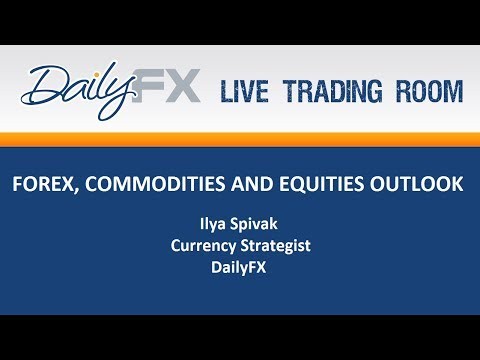FXDD Fundamental v Analysis Forex Trading Debate Tutorial
Post on: 1 Июль, 2015 No Comment

Adjust your Forex trading strategy by combining both
One of the dominant debates in financial market analysis is the relative validity of the two major tiers of analysis: Fundamental and Technical. In Forex, several studies concluded that fundamental analysis was more effective in predicting trends for the long-term (longer than one year), while technical analysis was more appropriate for shorter time horizons (0-90 days). Combining both approaches was suggested to be best suited for periods between 3 months and one year.
Nonetheless, further empirical evidence reveals that technical analysis of long-term trends helps identify longer-term technical waves, and that fundamental factors do trigger short-term developments.
Let’s take the declining USD/JPY exchange rate in 1999 as an example. The pair lost 16% in the second half of the year, reaching a year low of 101.90. Both fundamentals and technicals alike could explain the downward move. Fundamentals attributed it to the continuous capital inflows into Japanese assets, which reflect investors increased optimism with the Japanese recovery. Technical analysts were likely to explain the move with the simple argument: the language of the market voiced a clearly downward tone that became more resounding after the breach of key technical landmarks (115 yen and 110 yen).
Thus, both technicals and fundamentals reached the same conclusion. However, fundamental analysts with a technical blind spot risk missing key market turnarounds after the breach of an important support/resistance level.
Conversely, a technically inclined analyst with a disregard for fundamentals and news releases would have missed the rebound in EUR/USD, which was triggered by the release of a stronger than expected German business sentiment survey (IFO) in July 19, 1999. Up to that point, the euro had lost 15% reaching an all time low of $1,010. Most market observers—fundamentals and technicals -were predicting the euro to break below $1.00. Technical analysts stated psychology, momentum, and moving averages as arguments for further downfall. But fundamentally inclined analysts who paid attention to the strong survey would have been able to promptly exit their long dollar positions in favor of the euro. On that day, the euro jumped 200 points against the dollar with an additional 260 points on the following day, and an extra 150 days in the third day. In just two weeks, EUR/USD soared by more than 800 pts.

Obviously, the IFO survey release was not the single reason behind the euro’s 7% rebound. Other factors over the subsequent weeks also helped prop the currency. These included a broadening improvement in economic fundamentals throughout the Eurozone and increasingly hawkish stance (favoring higher interest rates) from the European Central Bank. Nevertheless, the release of the IFO survey was the turning point in shifting expectations of the euro.
It has been often stated that combining fundamentals with technicals was counterproductive. Owing to their contrasting types, technical and fundamental analysis are often said to be mutually exclusive. Yet, a large number of traders combine the two approaches, even instinctively. Thus, technically inclined traders do pay attention to central bank meetings, give consideration to employment reports and heed the latest inflation numbers. Similarly, fundamental traders are often trying to figure out the major and minor levels of support, and determine the percentage of retracement formations. There does not exist a specific formula for figuring out the optimum approach of combining fundamental and technical analysis in the Forex market. Some computer software packages claim to be able to make such decisions, weighing one approach against another depending on economic, technical and quantitative parameters. Yet, these are based on models from past patterns of inter-market dynamics and previous technical and fundamental behavior. The FX market is too dynamic for such pre-formed frameworks.
Active Forex traders can utilize both fundamental and technical analysis approaches to analyze trends. You can find the best fundamental economic indicators. such as employment or housing, and combine them with the Forex market trading technical analysis basics, such as rising volume’s impact on the current trend. No one data point or chart pattern will work well all the time, but a solid foundation and understanding of how other FX traders use them can be advantageous when contemplating one’s own foreign exchange strategy. Don’t get caught up in the fundamental versus technical analysis debate, it won’t be going anywhere anytime soon. You can use the best of both and find out what works best for your Forex trading strategy.














